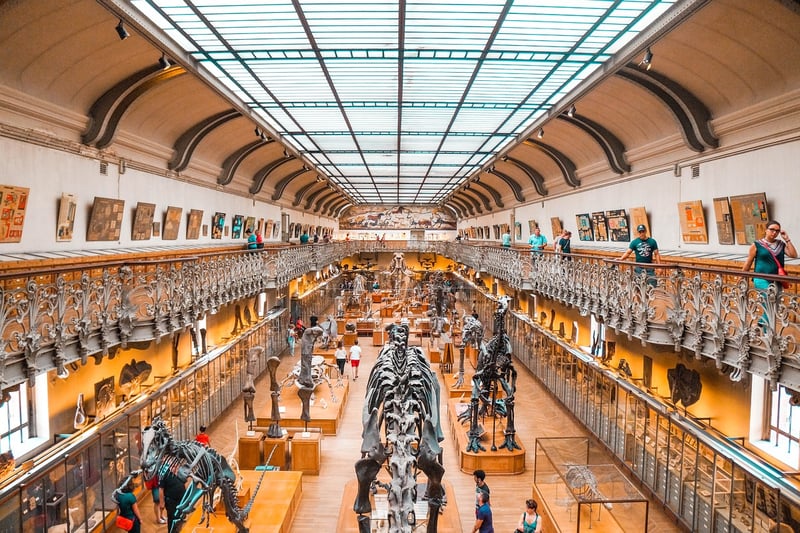Culinary Evolution
Exploring Culinary Past and Culinary Evolution

The Culinary Past
Exploring the culinary past is like taking a journey through time, discovering the roots of the foods we enjoy today. From ancient civilizations to modern gastronomy, food has always been an essential part of human culture.
Historical cuisines reflect the ingredients available, cooking techniques, and cultural influences of their time. Studying the culinary past provides insights into how societies lived, traded, and interacted through food.
Culinary Evolution
The culinary world is in a constant state of evolution, blending tradition with innovation to create new flavors and experiences. Chefs and food enthusiasts continuously push boundaries, experimenting with ingredients and techniques to redefine gastronomy.
Globalization has played a significant role in the culinary evolution, allowing for the exchange of ingredients, recipes, and cooking styles across borders. This fusion of culinary traditions has led to the emergence of exciting fusion cuisines that celebrate diversity.
Key Factors in Culinary Evolution:
- Technological advancements in cooking equipment
- Exploration and discovery of new ingredients
- Cross-cultural exchanges and collaborations
- Changing consumer preferences and dietary trends
- Sustainability and ethical sourcing practices
Embracing the culinary evolution means appreciating the past while looking towards the future of food. Whether it's reviving ancient recipes or creating avant-garde dishes, the culinary world continues to inspire and delight taste buds around the globe.
Join us on this culinary journey as we explore the flavors of the past, savor the innovations of the present, and anticipate the exciting culinary trends of the future!
Image Source: Pixabay
